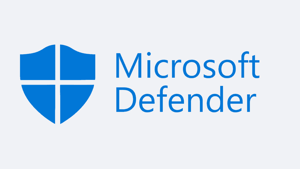
Phishing attacks are one of the most common entry points for ransomware. A single click on a malicious link or attachment can open the floodgates to attackers, compromising sensitive data and putting systems at risk. Whether you're a home user relying on Microsoft Defender or an office user with Microsoft 365 licenses, understanding and implementing the right security measures can save you from disaster.
Want to know how to protect yourself from the growing menace of phishing and ransomware attacks? Read further to learn simple, effective steps for both home users and office professionals. Whether you’re just using Microsoft Defender on Windows 10/11 as a home user or armed with Microsoft 365 licenses, this guide has you covered.
Why you should care
Phishing is often the first step in a ransomware attack. A seemingly innocent email with a fake link or attachment can turn your computer—or even your entire network—into a hostage situation. Attackers encrypt your files and demand payment to unlock them. No one wants to be caught in that mess, right?
The good news? You can stop these threats from being in their tracks with the right tools and make a few adjustments to how you use them.
For home users: Using Microsoft Defender on Windows 10/11
If you’re a home user relying on Microsoft Defender, you’ve got solid protection built right into your system. Here’s how to make the most of it:
-
Turn on Ransomware Protection
Activate Controlled Folder Access in Microsoft Defender:- Go to Start > Settings > Privacy & Security > Windows Security
- Select Virus & Threat Protection > Ransomware Protection > Manage Controlled Folder Access and toggle it on
This will block unauthorized access to your important files
-
Enable real-time Threat Detection
- Make sure Cloud-delivered protection and Real-time protection are switched on in Defender settings. This gives you a proactive defence against new and emerging threats
-
Don’t Get Hooked by Phishing Emails
- If an email looks even slightly off—like claiming you’ve won a lottery you never entered—don’t click on links or download attachments.
-
Back-Up Your Files
- Use OneDrive or an external drive to create regular backups. This way, if ransomware strikes, you won’t lose important data
-
Update Windows Regularly
- Set Windows to auto-update. Attackers love exploiting old vulnerabilities, so keep them patched
Comments